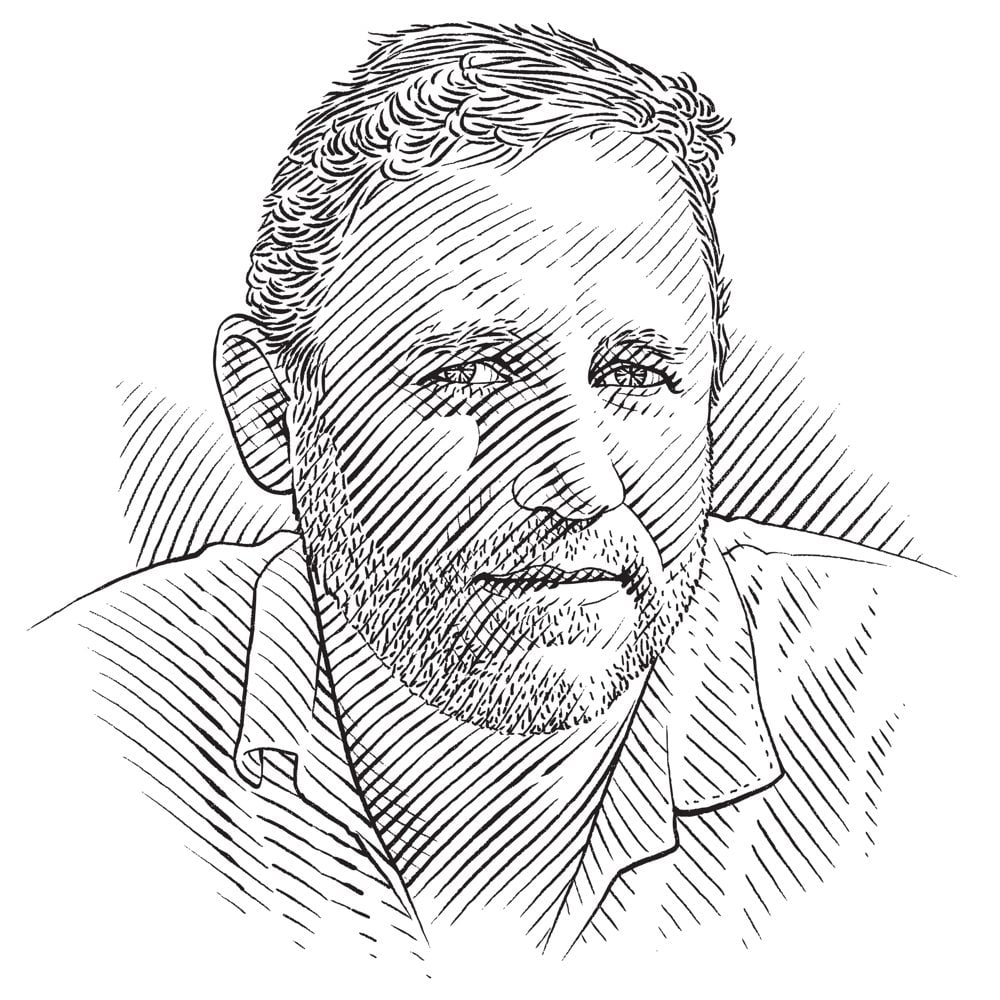Nicolas Pilcher

Who I am
I’m a sea turtle guy through and through. I grew up snorkelling all on my own as a kid, and as the years went by and the kilos piled on I got hooked on sea turtles – it was hard not to, really. One thing led to another and I found myself in charge of a turtle project in Saudi Arabia back in 1989. I came over to Malaysia in ’93, and from there the whole Indo-Pacific opened up to me. I have roamed the seas and oceans ever since, doing my turtle thing.
As someone said recently, ‘Nick saves sea turtles for a living.’ My PhD is on turtles. My third daughter’s first word was ‘turtle’. At home we have sea turtle figurines and turtle memorabilia all over the place. It’s hard to think that some 25 years and 55 countries later I am still doing the same thing, but the truth is I love what I do. I tell people I’m a professional beach bum and that I get to play with turtles for a living. Now how cool is that?
Where I work
I work across a wide swath of the planet. One week I am over in the Arabian/Persian Gulf and the next I am in South-East Asia. My current projects are based in Malaysia, the Philippines, the United Arab Emirates, Oman, Qatar and Iran. In Malaysia I work with the Malaysian Department of Fisheries to get Turtle Excluder Devices (TEDs) installed on fishing nets – a project that has been amazingly successful and now TEDs are required by law. I also run a joint research project between Malaysia and the Philippines using science to expand the current Network of Protected Areas for sea turtles in the Sulu Sulawesi Seascape. I also run a study of foraging grounds, where we look at the sex of turtles in the wild to detect impacts of hatchery practices – we need to make sure there are sufficient males and females! In the Arabian/Persian Gulf I work on a multi-country green sea turtle tracking project to identify Important Turtle Areas (ITAs) that can be used to design marine protective zones. And in Qatar and Iran I have been investigating the impacts of extreme climate conditions on the sex ratio in sea turtles. This is important because the gender of sea turtles is determined by temperature, so climate change could have a catastrophic impact!
What I do
One of my major interests is working to fill some of the gaps in our knowledge relating to turtle biology and ecology, so that managers are better equipped to make good conservation decisions. In this particular case, my key interest is the impact of rising temperatures and climate change on the population structure of sea turtles. This may sound complex, but it’s really quite simple: the sex of a turtle is determined when the egg is in the sand. Too warm and we get too many females; too cool and we get too many males. Climate change is warming the planet. So what impacts will that have on turtles? It could lead to a feminisation of the population if turtles are not evolutionarily adapted to coping with the temperature extremes.
But to study climate change can take many years and is done mostly as desk-top modelling exercises. We chose to work in the Arabian/Persian Gulf because the temperatures there are already so extreme that they mimic what many parts of the world are predicted to look like in the future. It’s like a living laboratory.
We selected a site in the south of Iran called Qeshm Island, which has a large population of juvenile sea turtles that can be easily caught, and where the ambient temperatures are higher than 50 °C in summer and freezing in winter. What we do is go out to arrow-shaped fish traps early in the morning at very low tide and pick up any turtles that got stranded overnight. We then use a small surgical procedure to check if the turtles are male or female, take a skin sample for genetic analysis, tag them and send them on their way.
By looking at ratios of male to female turtles and being able to link this back to beach sand temperatures and ambient air temperatures, as well as using genetics to find out where the turtles came from, we can better understand the impacts of climate change in real life. I hope you enjoy reading about our work as much as we enjoy doing it.
